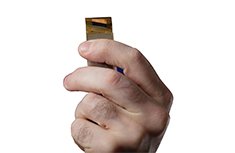Biotechnology & medicine
Jonathan Viventi
A high-resolution interface reveals the brain storms of people suffering seizures.
Illustration by Lynne Carty; photo courtesy of NYU; data from World Health Organization

Asia Pacific
Juliana Chan
A targeted infusional treatment for injured vasculature

Global
Kay Tye
Identifying how the connections between regions of the brain contribute to anxiety.

Europe
Alberto Acedo
Test of ultra DNA to detect the genes associated with hereditary cancer

Global
Megan McCain
Heart on a chip paves the way for personalized cardiac medicines.

